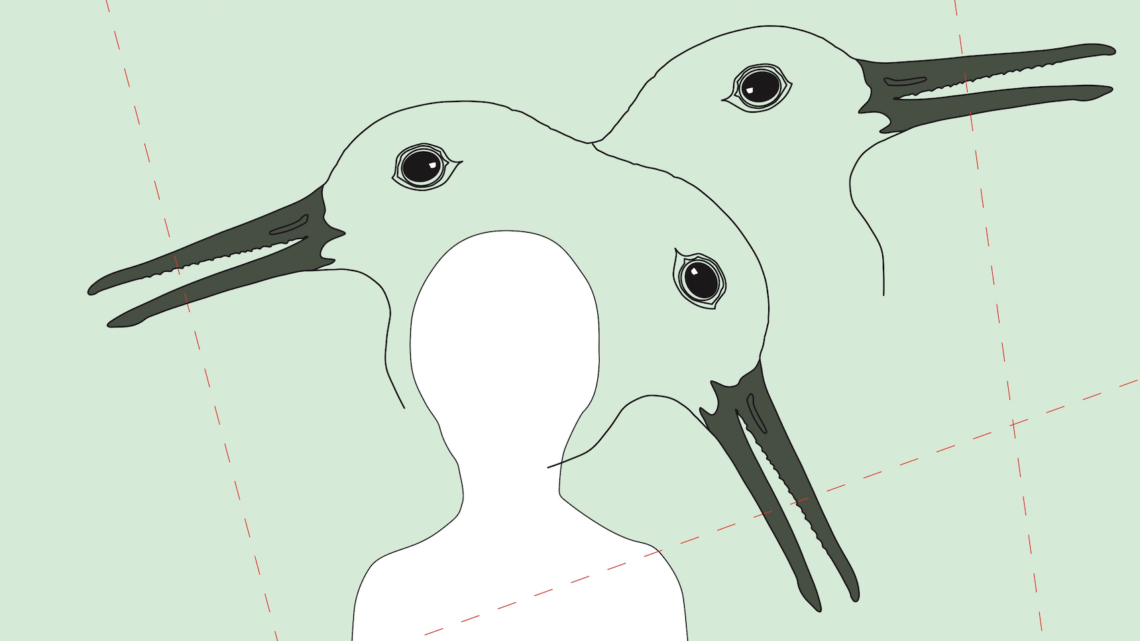Red Knot Protein Transition
May 13, 2016
Various animal species are responding to global warming by reducing their body size. In the mid 19th century biologists had already observed the ecogeographic principle that within a broadly distributed taxonomic clade, populations and species of larger size are found in colder environments, while populations and species of smaller size are found in warmer regions. The principle was formulated as Bergmann’s Rule.
There have been examples of fish, horses, crustaceans, birds and many other animals. Even the human brain becomes smaller as the environment warms up. A new investigation by Jan Gils of the Royal Netherlands Institute for Sea Research presents an interesting new case of the migratory red knot. Migratory animals have adapted to life in multiple, often very different environments, spending their summers far away from their wintering grounds. Possibly this makes them more able to adjust to changing environmental situations. However, as the paper suggests, the complexity of their migratory existence also makes them more vulnerable for changing circumstances. They can experience reduced fitness on one end of their range that is the result of a changing climate at the other end. Because of a food shortage in their Arctic breeding grounds resulting from global warming the young red knots are smaller when they depart for their tropical winter grounds. There the smaller birds have difficulty reaching their major food source because of the shorter size of their bills they cannot reach the deeply buried mollusks. In response the red knots have taken to eating shallowly buried seagrass rhizomes. This vegetarian switch, although forced by circumstance, is an interesting development, and might lead to a further reduction in size.